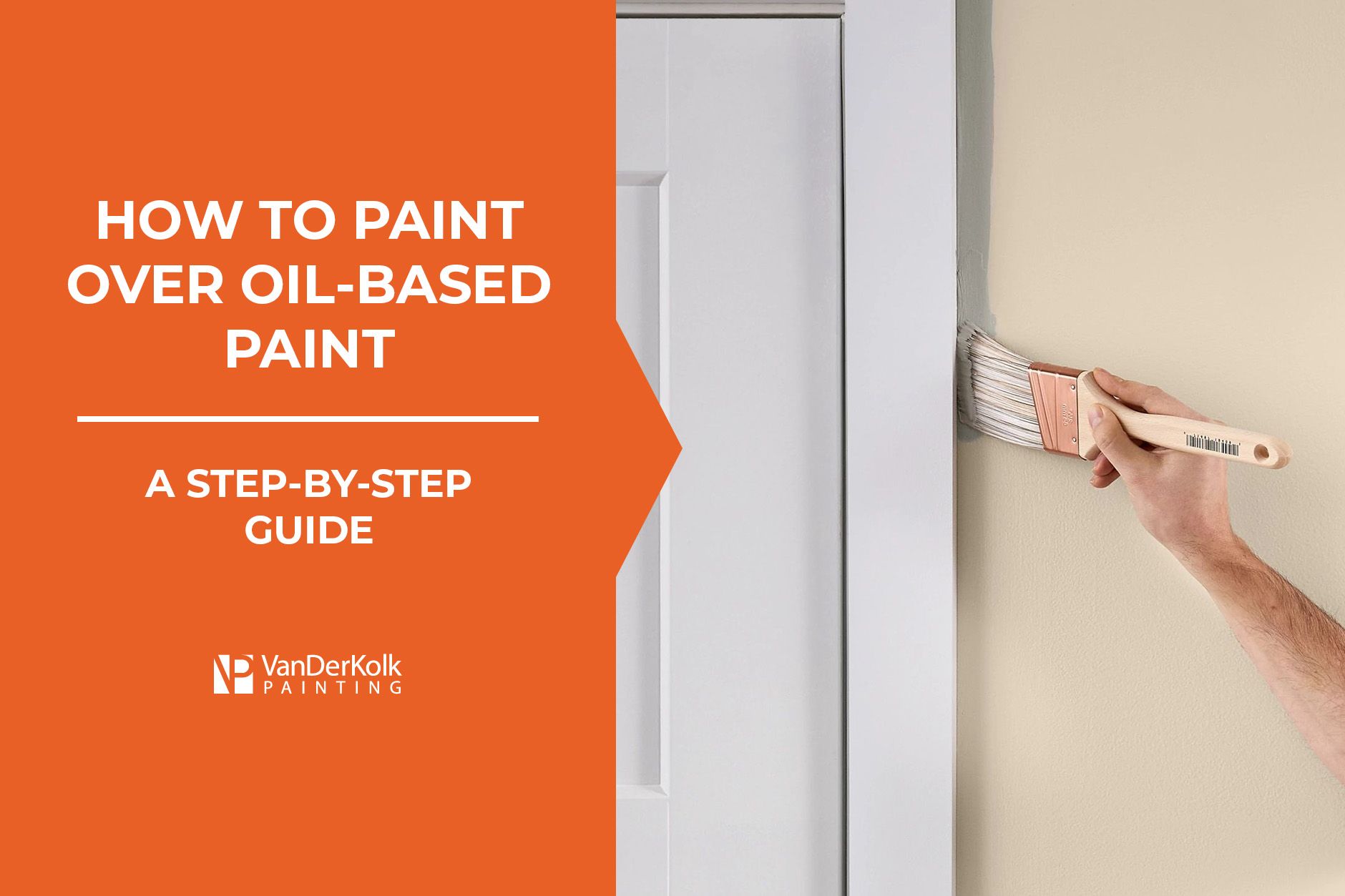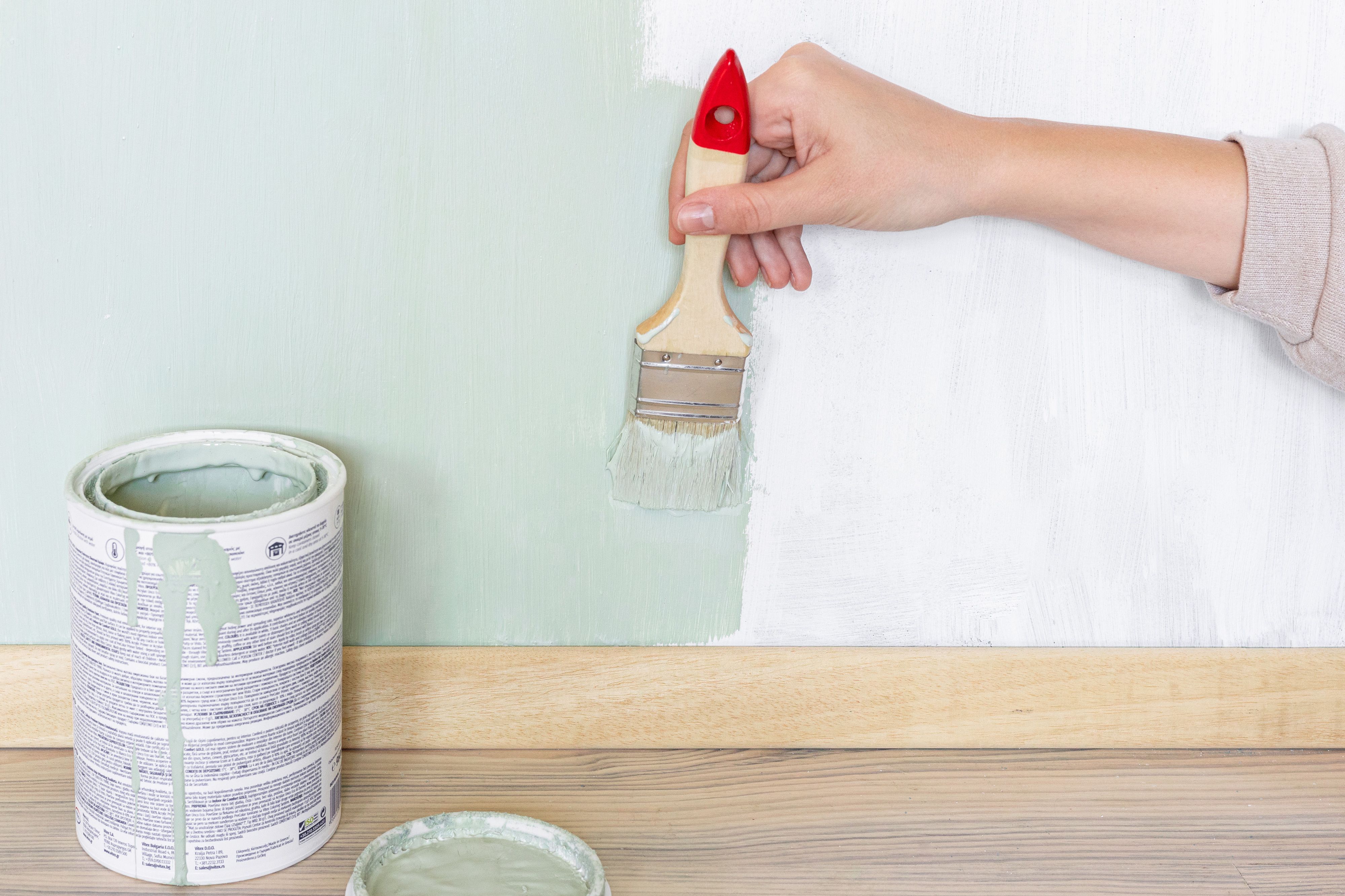Painting over oil-based paint requires specific preparation to ensure proper adhesion and a durable finish for the new coat. Skipping these steps can lead to peeling, cracking, or a generally poor-quality result.
Preparation is Key
Thorough preparation is non-negotiable when dealing with existing oil-based paint, which typically has a glossy, non-porous surface.
Cleaning:

- Begin by cleaning the surface meticulously. Use a degreasing cleaner, such as Trisodium Phosphate (TSP) or a TSP substitute, to remove grease, grime, and any buildup. Rinse thoroughly with clean water and allow the surface to dry completely, typically for at least 24-48 hours.
Sanding (Scuffing):
- Oil-based paint cures to a hard, smooth finish. To create a surface the new paint can grip, sanding is crucial. This process is called "de-glossing" or "scuff sanding."
- Use medium-grit sandpaper (e.g., 100-150 grit) to dull the sheen of the old paint. The goal is not to remove all the old paint, but to create a slightly roughened texture.
- For larger areas, a random orbital sander can save time and effort.
- After sanding, wipe down the surface with a tack cloth or a damp rag to remove all sanding dust. Ensure the surface is completely clean and dry before proceeding.
Priming
Priming is essential to ensure the new paint adheres properly to the prepared oil-based surface and to block any potential bleed-through of stains or color from the old paint.
Choosing a Primer:
- Bonding Primer: Specifically designed to adhere to glossy or hard-to-paint surfaces, a quality bonding primer is often the best choice. These can be water-based or oil-based. Water-based bonding primers offer easier cleanup.
- Oil-Based Primer: An oil-based primer will adhere well to an existing oil-based paint and provide a good base for either oil or latex topcoats. However, they have stronger odors and require mineral spirits for cleanup.
- Avoid Standard Latex Primers (unless specifically formulated for glossy surfaces): Regular latex (water-based) primers may not adhere well directly to an unsanded or poorly prepared oil-based surface.
Apply the primer according to the manufacturer's instructions, ensuring even coverage. Allow it to dry completely as per the recommended drying time, which can vary significantly.
Painting
Once the primer is fully cured, you can apply your topcoat.

Choosing the Topcoat:
- Latex (Water-Based) Paint: Modern high-quality acrylic latex paints can be successfully applied over a properly primed oil-based surface. They offer benefits like lower VOCs, easier cleanup, and better flexibility.
- Oil-Based Paint: You can also opt to use another coat of oil-based paint if desired, though these are becoming less common due to VOC regulations and longer drying times.
Application:
- Apply the topcoat in thin, even layers, following the manufacturer's instructions for application and recoat times.
- Two coats of the topcoat are generally recommended for best coverage and durability.
- Allow the paint to cure fully according to the manufacturer's specifications before subjecting it to heavy use or cleaning.









